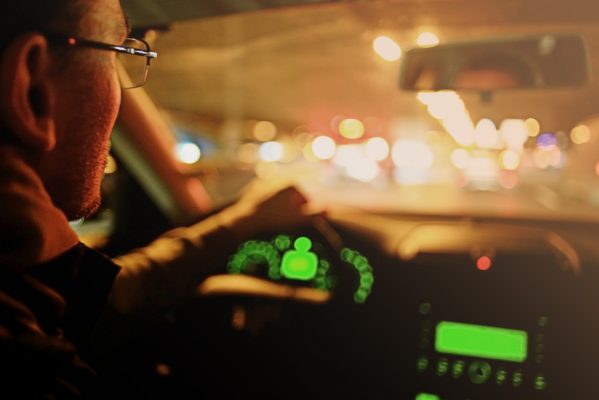Travel Blogging
12 Things You Should Know about Driving at Night

Night driving increases the chances of getting into an accident three-fold. Not being able to see objects in and around the road more clearly, as in the daytime, poses a true risk. Fatigue, aging eyes, party goers, and wildlife are points of distraction that cause some people to avoid driving at night altogether.
However, when you take the proper precautions and arm yourself with the best auto insurance quotes online to make sure you are getting the prudent and affordable coverage, night driving becomes much less scary. Beyond this, there are other factors to consider, such as:
- Keep Your View Clear. Although it might not seem like it, dirty windows and grimy headlights can seriously impede your ability to see well at night. Dirt and debris can scatter light and create glare. Regularly clean your headlights – there are special cleaning kits available – and wash your windshield, windows, and mirrors every month.
- Take Your Time. The NHTSA reports that 37% of the fatal crashes that occur at night are due to speeding. Even traveling at the speed limit, drivers have limited visibility and slower reaction times. More often than not, your headlights aren’t reaching as far as you’d need to stop in the event of a spontaneous incident.
- Maintain the Correct Focus. At night, it’s easy to become transfixed by the endless dark in front of you, especially if you’re fatigued. Keep your eyes moving to check all that is around you, just as you would during the day. If an oncoming car has it’s bright beams on, shift your eyes down and a bit to the right until they pass. You can use the white line on the right of the lane to keep you on track.
- Get Your Eyes Checked. Those of us who are advancing in age should remember that night time driving and glare become more problematic with the passing of every year. Be sure to get your eyes checked annually and be prepared that you may need specific prescription glasses for driving at night.
- Adjust Interior Lighting. While it’s important to be able to see the dashboard controls, the contrast between the dark of the road and the interior lights may be distracting. On most cars, you can adjust the interior lighting so you can still easily see the controls without them causing a glare. Don’t hesitate to use the visor if streetlights are a nuisance for you visually.
- Drive Defensively. Anytime you get behind the wheel, you should be driving defensively, but remember to be extra cautious at night. Alcohol related car crashes are 4x higher at night, and you’ll also find fatigued drivers on the road, as well.
- Fight the Fatigue. It stands to reason that people are more fatigued at night. The NHTSA reports that crashes related to drowsy driving are most likely to happen between 12-6 a.m. If you find that you’re too sleepy to drive and stay focused and alert, pull over and rest. Caffeine helps, as well as rolling down the windows and turning on the radio.
- Keep to the Highways. When at all possible, avoid two-lane roadways and opt for freeways instead. At night, the glare from oncoming headlights can severely fatigue and blind the eyes. This, on top of the fact that two-line roadways are more likely to have hills and sharp curves, only adds to the risk.
- Use Your High Beams. When you find yourself alone on a rural area or open road, using your high beams is appropriate. It will light the outlying areas of the road where deer or other wildlife may be roaming. Turn them off when you’re within 500 feet of an oncoming vehicle, and never use them when you’re traveling behind someone.
- Expect to See Wildlife. If you live in an area where deer are plenty, keep watch for them at dusk and during the night. They are eagerly scavenging for food from October to January, so be especially watchful during these months. Your high beams will help detect them, and you’ll be able to see their glowing eyes. If they come into view, slow down but do not swerve.
- Carry Reflective Triangles. If you find yourself having to pull over at night, you’ll want to make sure you are seen by other drivers. Pull over as far as you can to the side, and carry reflective triangles with you to maximize visibility. Always turn on your four-way hazards, too.
- Keep an Eye out for Pedestrians. People like to go out walking at night, especially during the spring and summer months. Unfortunately, they don’t always wear clothing that is reflective so always scan intersections twice for someone who may be stepping out onto the street or a jogger who isn’t wearing safety gear.
Nighttime driving is a completely different animal than daytime driving. With visibility greatly impaired, you’ll need to compensate and take special precautions to be sure you get you and your passengers to your destination safely.
